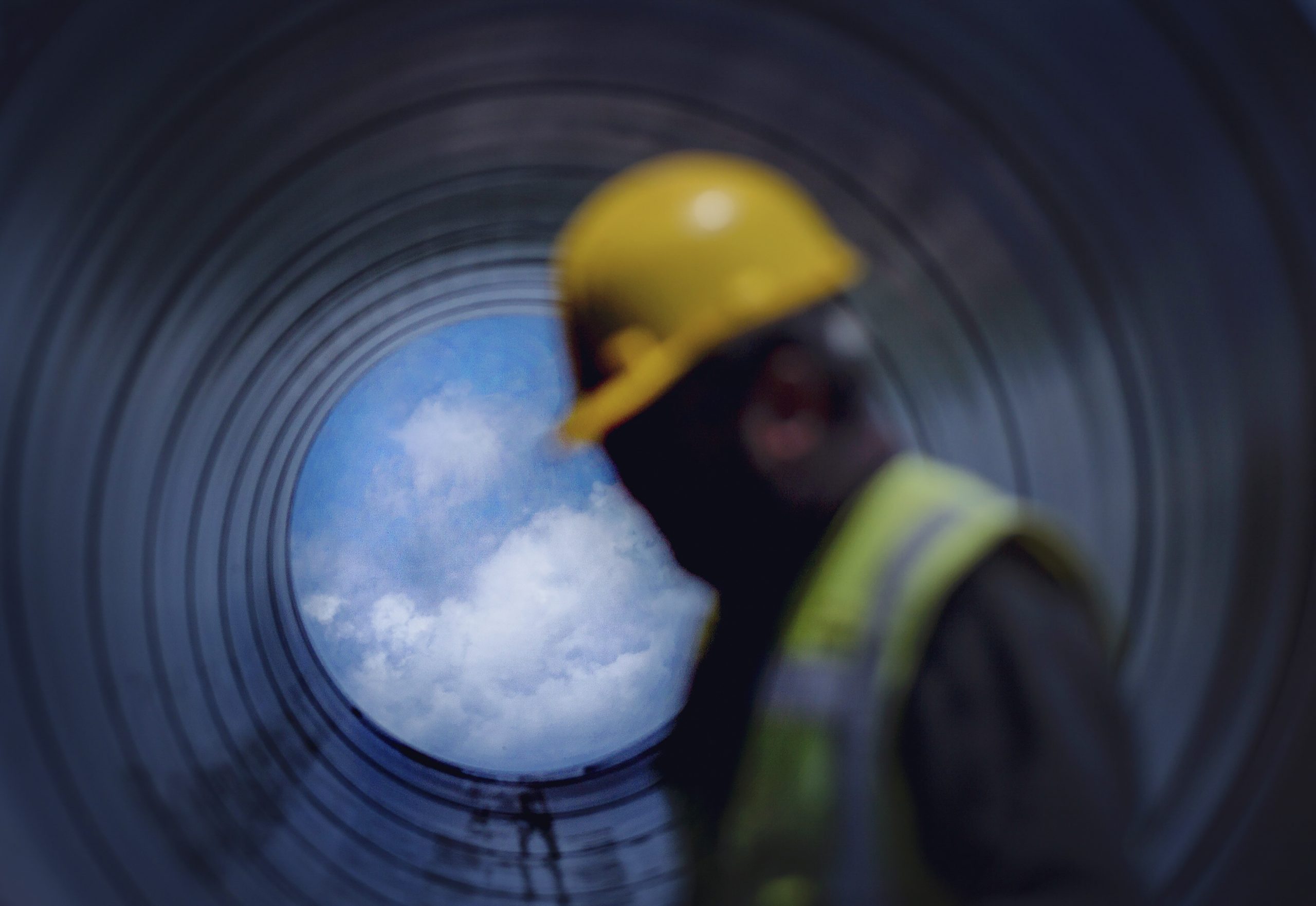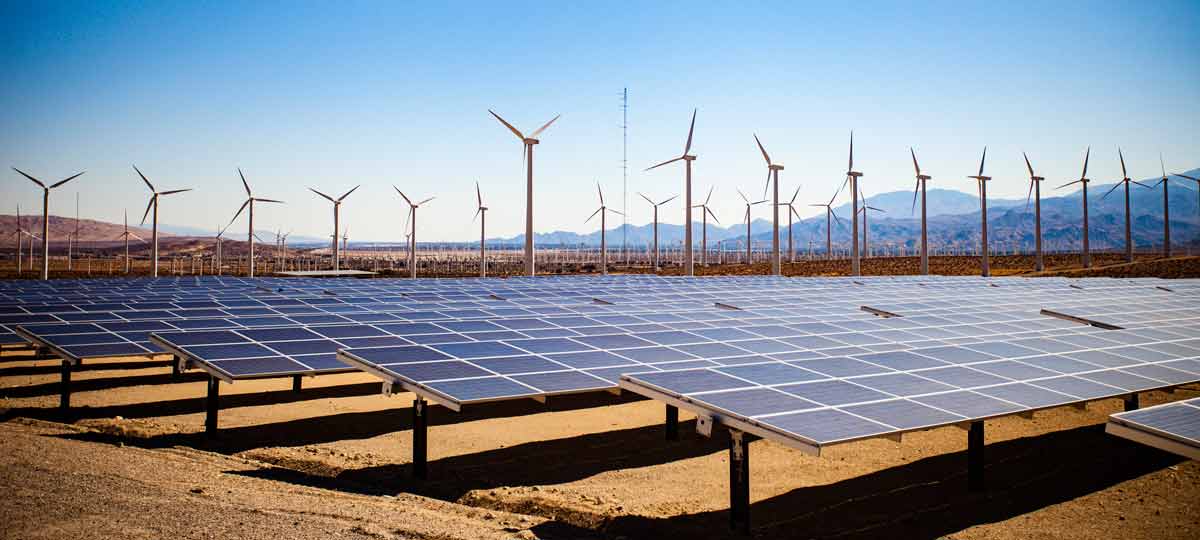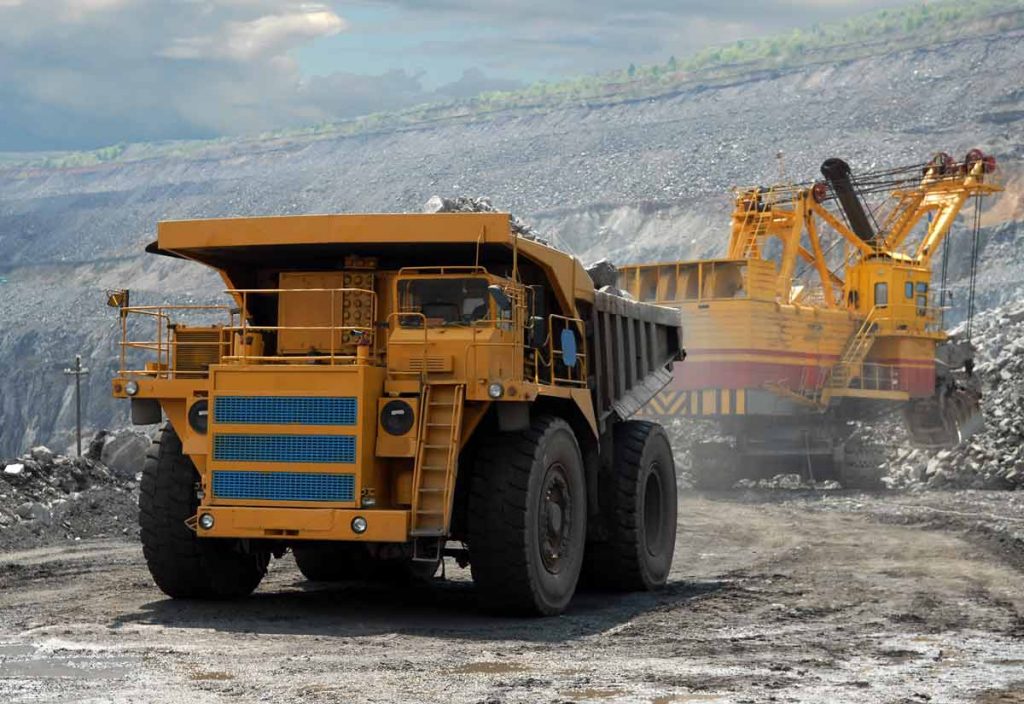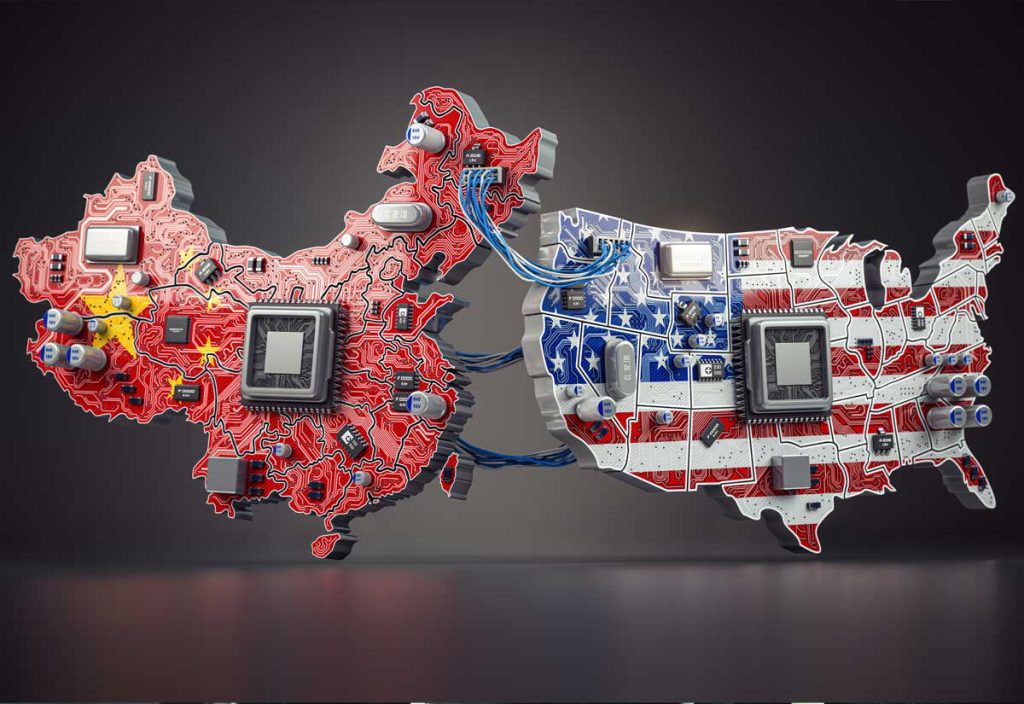Despite the Covid 19 economic obstacles to be overcome in 2020, the precious metals sector managed to log quite an impressive record. Gold bullion even managed a 25% leap, its best year since 2010 to close out the decade. As impressive as gold’s performance was in 2020, silver still managed to outpace the world’s favorite yellow metal, coming in as the top-performing precious metal of 2020 with an astounding 48% gain. Not to be left out, platinum rose by a respectable 11%, while palladium topped its platinum group cousin by 26%, according to the January 27, 2021 report at mining.com.
With radical policy changes already evident in the White House under the Biden administration we’ll take a closer look at what to expect in these mining sectors for 2021, and the top 3 factors affecting the markets throughout the new year. We’ve already covered the stellar performance of copper mining in December of 2020, and the good news is that we’re anticipating a sustained surge across the board for the broader MMM industry in 2021.
1. The Green Energy Effect on the Precious Metals Sector
At Resource Erectors we’ve made it a priority to track the “green effect” trends on industries we work within such as concrete and aggregates, and the precious metals and rare earth minerals mining sectors in particular. Going back to March, 2020 we anticipated the sustained rally in 2020 for platinum and palladium driven by demand for manufacturing catalytic converters for an auto industry under intense pressure to meet ambitious sustainable energy benchmarks. Both platinum group cousins also have roles to play in bold new innovations in the tech sector, such as their applications in nanotechnology for developing anodes and cathodes suitable for low energy fuel cells.
With the Biden administration climate change and sustainability have been touted as the top priorities, and the green energy push will intensify even further in 2021 after the Biden team chose to re-engage in the Paris Climate Accord. The new administration perceives climate change as an “existential threat”, and acceleration of the move to sustainable green energy sources and away from fossil fuels can only drive demand for precious metals even higher.

2. Killing the Keystone Pipeline
Whether the Biden climate assessment is accurate or alarmist, he’s already made bold moves to choke off the domestic fossil fuel supply by killing the Keystone XL pipeline project, ostensibly to accelerate the national transition to electric vehicles and wind and solar power grids.
EV and hybrid vehicles with lithium ion batteries, magnets, and motors require 3 times the amount of precious metals as compared to gasoline and diesel powered vehicles. That could help to offset the sharp increase in mining OPEX triggered by the regression to much more expensive rail transportation of crude oil from Alberta, Canada.
The completed Keystone XL would have passed through the longest 1200 mile segment in Montana, to join an existing pipeline in Nebraska. Now completion of the controversial Keystone project has been cancelled once again, with dire consequences for industry and the overall price jump at the pump for everyone, not to mention the loss of thousands of construction and engineering jobs in the US and Canada.
Cost per barrel transported now via alleged Biden campaign contributor Warren Buffet’s BNSF railroad will jump to $30.00 now, as opposed to the more cost-effective $10.00 per barrel volume the Keystone Pipeline would have delivered. It should be noted that the mainstream media disputes the Biden/Buffet connection but for mining enterprises the motivation is irrelevant to the ensuing consequences of the pipeline cancellation on the economy, infrastructure, and industry.
Precious metals and rare earth element mining managers will need to stay on their toes to keep opex in balance when sharply rising fuel prices combine with sharp spikes in production demand in 2021. And there is more than the auto industry’s mandatory transition to EVs fueling the anticipated demand spikes for not only precious metals but mined materials in general.

3. Significant Mining Boom Required to Support Complex Green Machines
“Replacing hydrocarbons with green machines under current plans—never mind aspirations for far greater expansion—will vastly increase the mining of various critical minerals around the world.”-Mark P. Mills Green Energy Reality Check-Manhattan Institute.org
Green energy advocates around the globe, including the Biden administration, are “doubling down” on their efforts to move the world’s power grids to increased use of wind turbines and solar panels for primary energy sources. As Manhattan Institute contributor Mark Mills notes in the informative article at the link above, “all energy-producing machinery must be fabricated from materials extracted from the earth”. And green machines such as wind turbines, solar panels, and electric vehicles require 10 times the quantities of mined metals and materials to equal the amount of energy produced by traditional hydrocarbon fueled machines.
Some of the statistics are stunning. These factors will be the key drivers of an unprecedented increase in global mining operations including:
- Cobalt required for a single electric car is the equivalent of that required for 1,000 smartphone batteries.
- In the US green energy sources currently manage to supply 4% of the nation’s power demands, as opposed to 56% from fossil fuels such as oil and gas.
- To replace a single 100-MW natural gas-fired turbine it would take a minimum of 20 wind turbines the size of the Washington Monument on a wind farm taking up 10 square miles of land area.
- Construction of a single wind farm consumes some 30,000 tons of iron ore and 50,000 tons of concrete, as well as 900 tons of nonrecyclable plastics for the huge turbine blades.
- Solar power farms use 150% more tonnage in concrete, steel, and glass than wind farms to reach the same power output.
- To be prepared for cloudy windless days requires an energy storage battery system equivalent to using 10,000 Tesla class batteries for the above 100-MW green machines.
- Just one Tesla class electric car battery requires 25 pounds of lithium, 30 pounds of cobalt, 60 pounds of nickel, 110 pounds of graphite, 90 pounds of copper, and 400 pounds of steel, aluminum, and various plastic components.
While the global push to green machines may not make much sense after a closer examination of the data, for the mining industry the inevitable transition is sure to create a spike in demand, sustaining the trend of higher prices for MMM commodities, and triggering an expansion of mining operations around the world to meet it.
About Resource Erectors
Resource Erectors has over 2 decades of specialized human resource expertise for recruiting and placing the most experienced qualified candidates in the mining industry and more. We also maintain long-standing relationships with industry-leading companies in tunneling, civil construction, concrete, aggregates, minerals processing, and construction materials.
We place professional candidates at companies all across North America and Australia with companies searching for the best engineers, managers, sales executives, and C-suite executives to complete their organizations’ dream teams. If you’re looking to fill critical vacancies in your organization, or you’re ready to move up the career ladder don’t hesitate to contact Resource Erectors so we can all get working together today.








